Former Railway Offices - now Textile Museum
Ehemalige Bahnbüros - jetzt Textilmuseum
© unknown
MYS
nahe Kuala Lumpur
Lade Bilder...
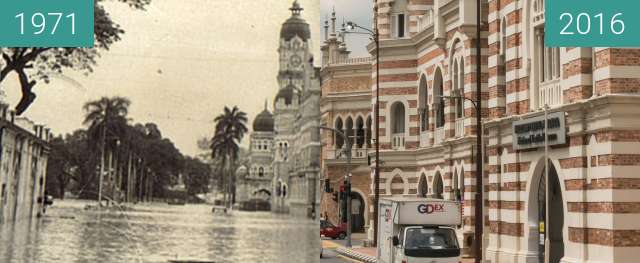
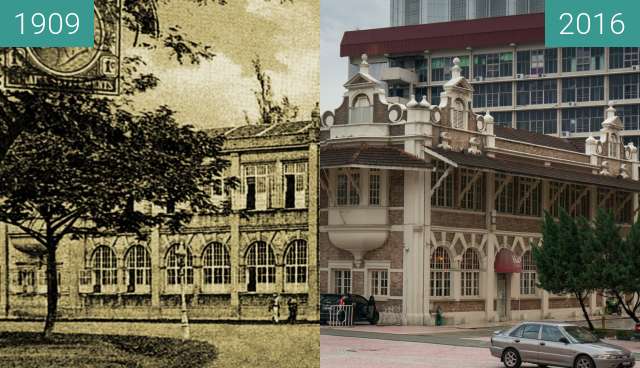

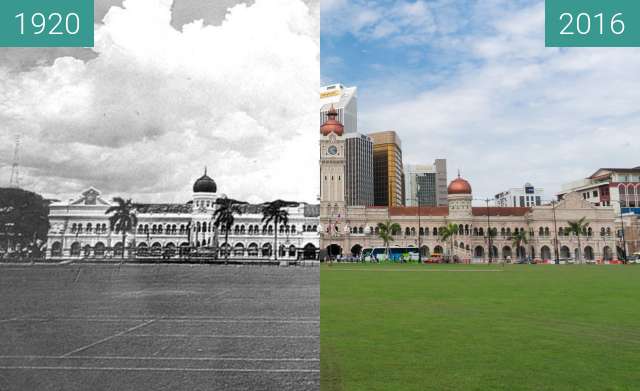
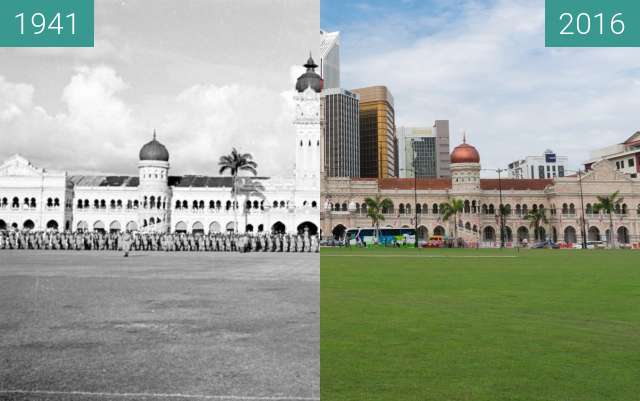
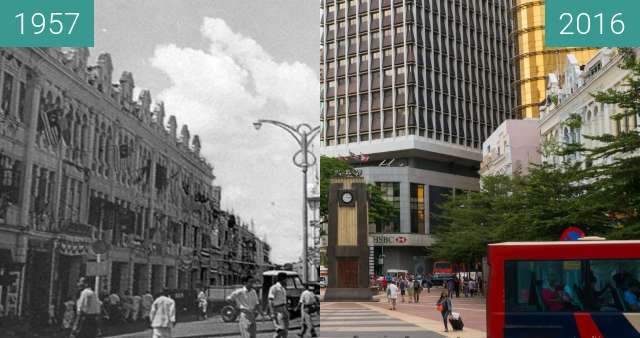
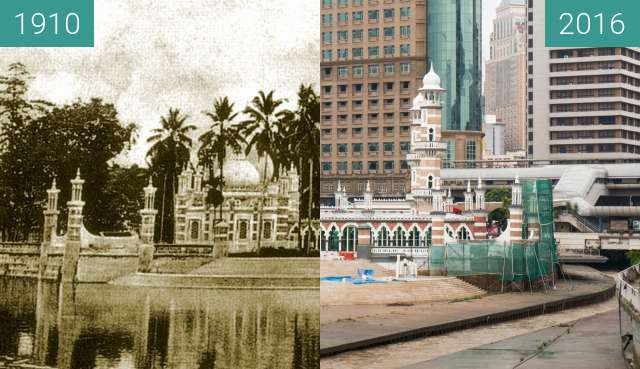
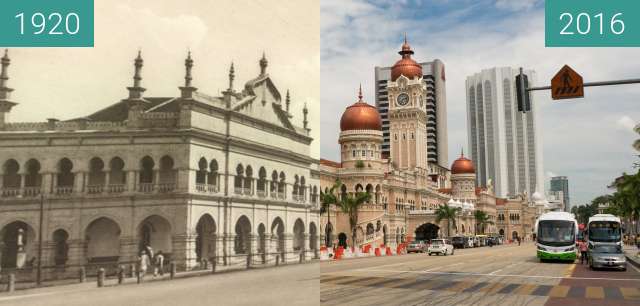
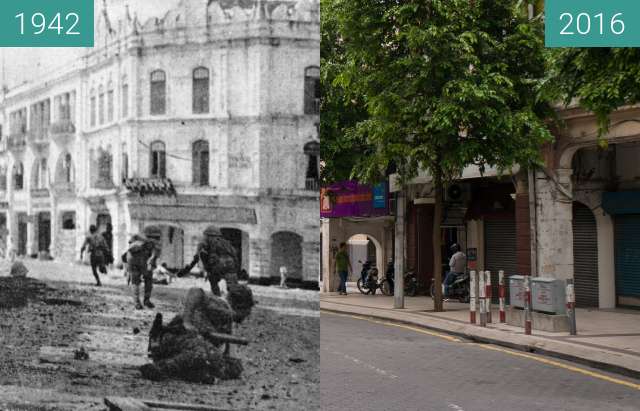
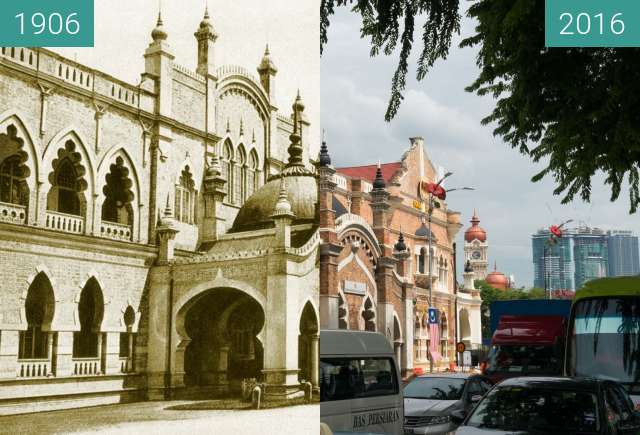
The National Textile Museum is one of the most significant landmarks of Kuala Lumpur today. It was designed by the British architect Arthur Charles Norman in 1905. Construction was finished in 1917. The building became the New Central Railway Office until 1984, when the High Court moved in. After much renovation and restoration, the National Textile Museum moved in in 2010.
Heavy traffic made an exact rephotography very difficult.
Das National Textile Museum ist heute eines der bedeutendsten Wahrzeichen von Kuala Lumpur. Es wurde 1905 vom britischen Architekten Arthur Charles Norman entworfen. Der Bau wurde 1917 fertiggestellt. Das Gebäude wurde zum New Central Railway Office, bis 1984 der Oberste Gerichtshof einzog. Nach vielen Renovierungs- und Restaurierungsarbeiten zog das National Textile Museum ein 2010
Starker Verkehr machte eine exakte Neufotografie sehr schwierig.